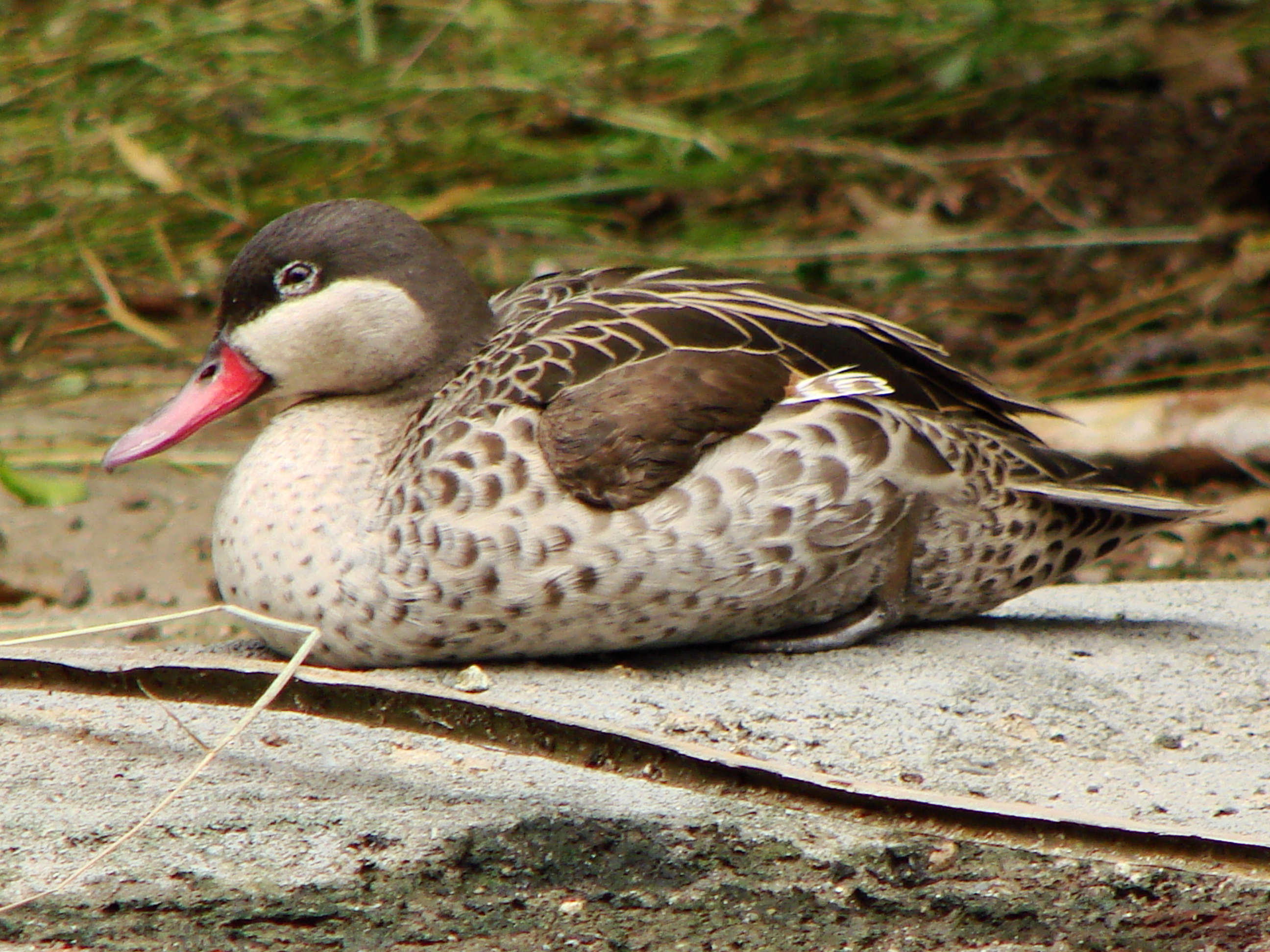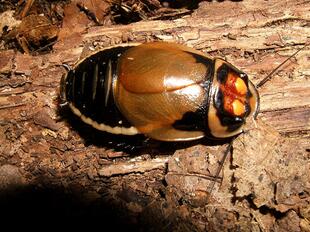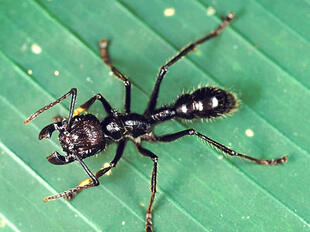
Red-billed teal(Anas erythrorhyncha)
Phylum —chordata
Class — aves
Order — anseriformes
Family — anatidae
Genus –anas
Appearance
The red-billed teal is 43–48 centimeters (17–19 in) long and has a blackish cap and nape, contrasting pale face, and bright red bill. The body plumage is a dull dark brown scalloped with white. Flight reveals that the secondary flight feathers are buff with a black stripe across them. The sexes are similar.
Habitat
Red-billed teal lives in eastern and southern Africa, with some dispersion to Angola’s coasts.
Behavior
These ducks gather in large flocks of several thousands birds at preferred sites towards the end of the wet season.
It is a sedentary species in several areas, but it may perform some dispersion and nomadism.
Diet
Red-billed teal feeds on aquatic plants and invertebrates.
Reproduction
Red-billed teal breeds mainly in the summer months, but season may vary, according to the water level. Usually, breeding starts after the main rain season. Pair bonds can last for long time, but not always. Male sometimes helps female to guard the chicks.
Nest is on the ground, concealed among the dense waterside vegetation. Nest depression is lined with grass. Female lays between 5 and 12 eggs, and the incubation lasts about 25 to 28 days. Young fledge two months later.
In captivity
Lifespan in captivity is up to 30 years.
In summer, teals are kept in outdoor enclosures. The minimum size of the enclosure is 3 square meters.
In winter, they should be transferred to an insulated enclosure with a temperature of at least +15 °C. It is desirable to equip the enclosure with additives in the form of branches and perches. In the winter room, you must install a pool with running or frequently replaced water.
As a winter bedding for waterfowl, you can use soft hay, which is laid out in places where birds rest.
The diet includes grain feed-corn, wheat, barley, millet, oatmeal, wheat bran, grass, meat and fish meal, chalk, small shell, gammarus. In the warm season, it is good to give various greens - cut dandelion leaves, lettuce, plantain, duckweed. Good food for ducks - wet mixture of grated carrots, bran, various cereals. During the reproductive period and during molting, they are mixed with wet food or given separately: fish and minced meat.During working out a diet it should be calculated that the amount of raw protein does not exceed 18-19%.
Red-billedtealsare friendly to other birds, so they can be kept on the same pond with other ducks.
Artificial shelters for nests are installed in the paddock. Ducks independently incubate, breed and raise young ducklings.
 Russian
Russian
 English
English
























